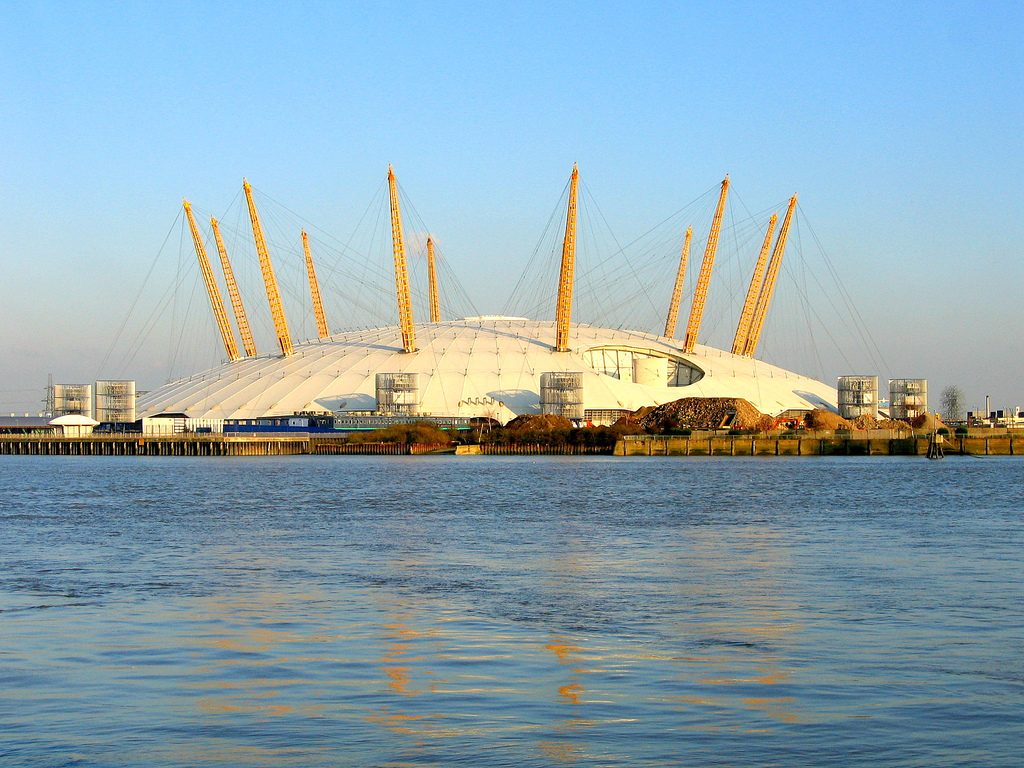20. Philip Johnson
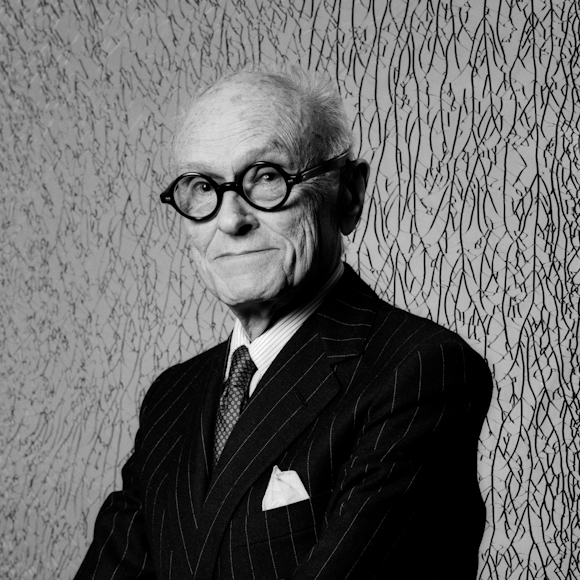
Education: Harvard University
Notable works: Glass House in Connecticut, 550 Madison Avenue, 190 South La Salle Street in Chicago.
Quote: “Architecture is the art of how to waste space.”
Philip Johnson had been client, critic, author, historian, museum director, but not an architect until the age of 36, when he designed his first building. His style was inspired from his mentor mies van der rohe’s work, by the 1960s he had turned to a more individual style that incorporated historical elements. His greatest influence as an architect was his use of glass. He eventually rejected much of the metallic appearance of earlier international style buildings, and began designing spectacular, crystalline structures uniformly sheathed in glass.
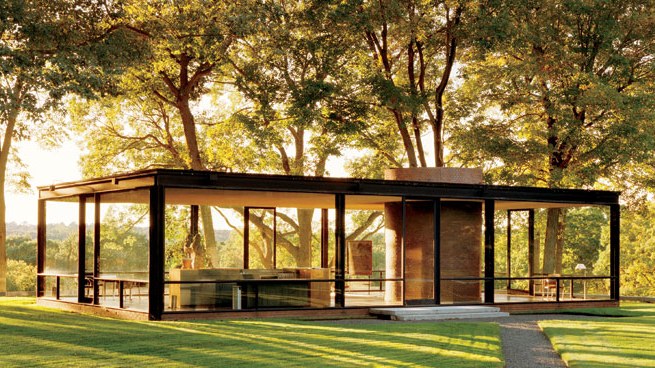

19. Pietro Belluschi
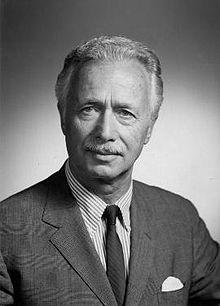
Education: Graduated in civil engineering from University of Rome and then went to Cornell University as an exchange student
Notable works: Equitable Building, Cathedral of Saint Mary of the Assumption
Quote: “We never could design Building as beautiful as trees”
Pietro Belluschi was an internationally known architect and a key innovator in the development of an elegant modernism and his awareness of the technological opportunities of new materials in accordance with the climate of the region. Belluschi’s churches and residences differed from his commercial works. Although of Modern design, they fit within the development of the Pacific Northwest regional Modern idiom as they frequently used regional materials (particularly wood) and were often integrated with their suburban or rural sites.


18. Peter Zumthor
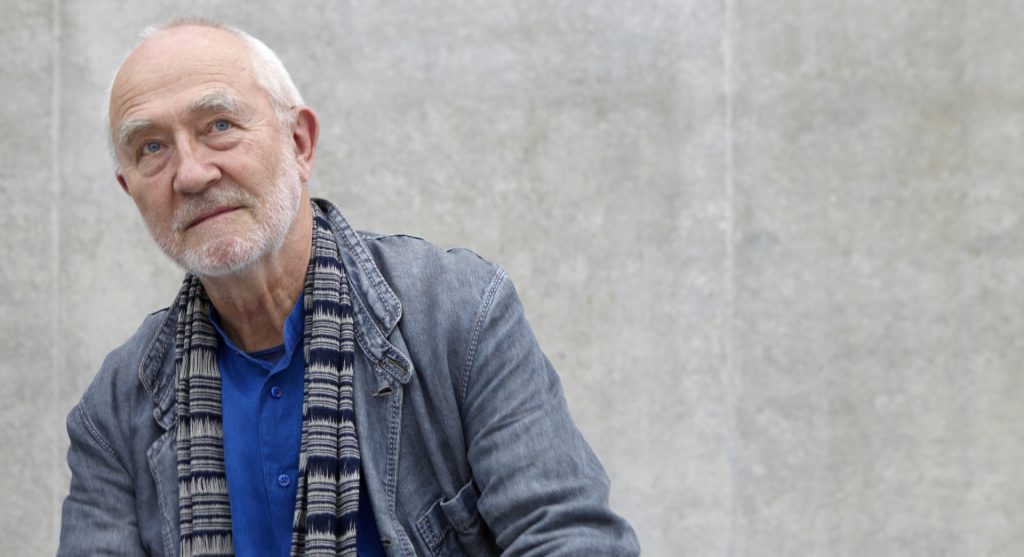
Education: Studied industrial design and architecture as an exchange student at Pratt Institute in New York
Notable works: St. Benedict Chapel, Therme Vals, Kolumba.
Quote: “Architecture is exposed to life. If its body is sensitive enough, it can assume a quality that bears witness to past life.”
Peter Zuthmor work is described as uncompromising and minimalist. As his practice developed, Zumthor was able to incorporate his knowledge of materials into Modernist construction and detailing. His buildings explore the tactile and sensory qualities of spaces and materials while retaining a minimalist feel.
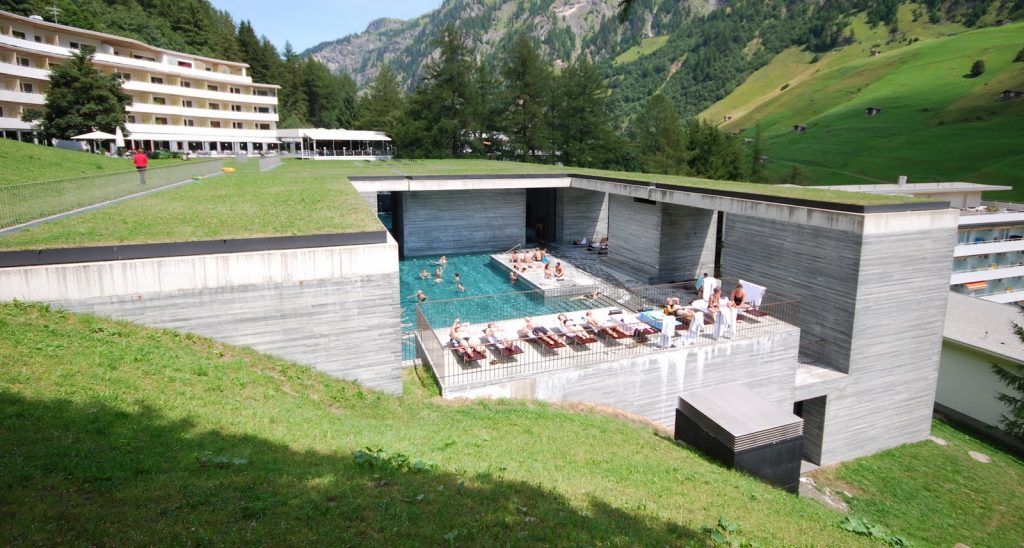
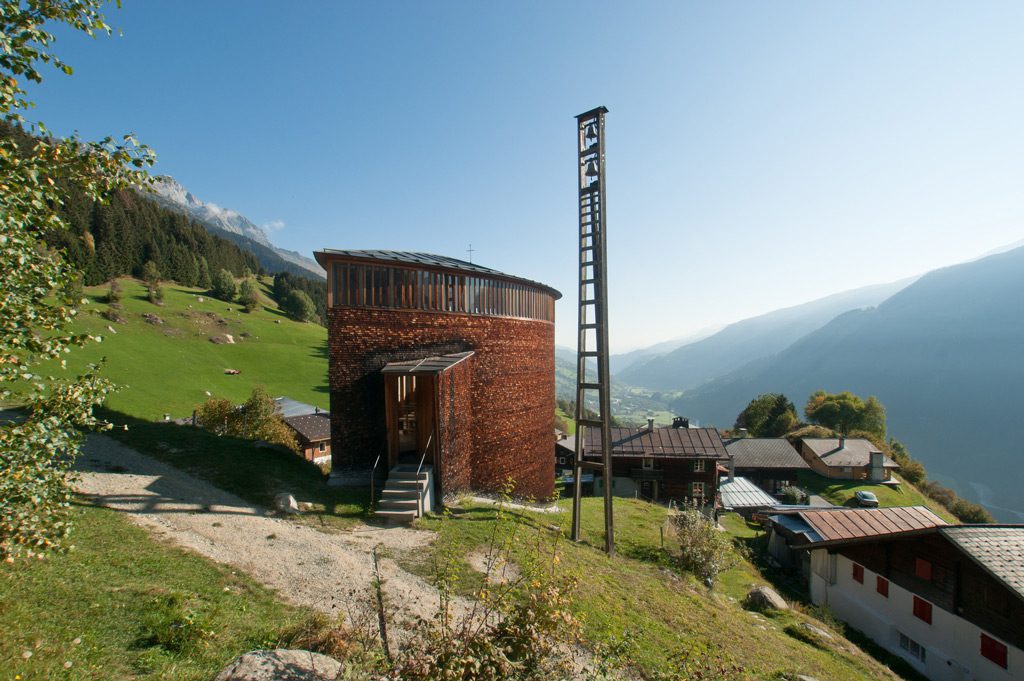
17. Rafael Moneo
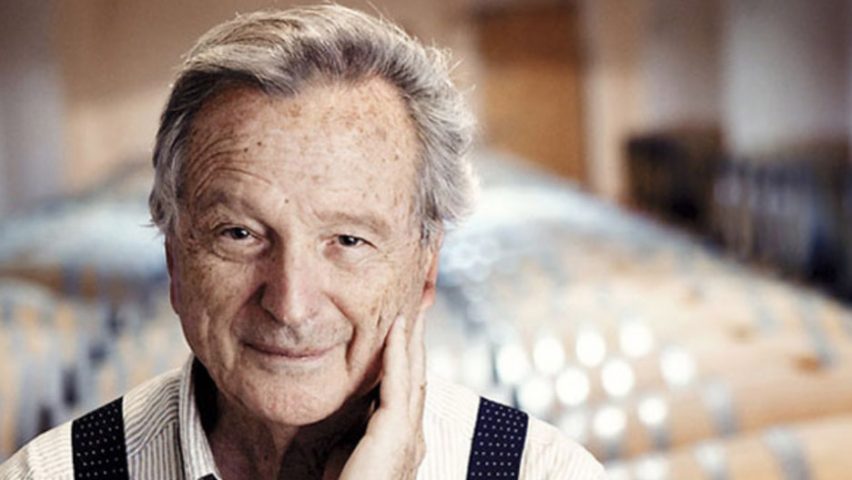
Education: Technical University of Madrid
Notable works: Kursaal Palace, Valladolid Science Museum, Museum of Fine Arts, Houston, Davis Museum and Cultural Center at Wellesley College
Quote: “Buildings are always better than drawings and models.”
Rafael Moneo always mixed his love of design with scholarly research and teaching, there is something measured and mathematical in his works. His buildings often feature clean, straight lines which run in grid-like or parallel formations, as though his academic mind filters into his creative one to produce buildings with a powerful graphic basis. By fusing the contemporary trends of the 70’s and 80’s with traditional Nordic style and materials, Rafael Moneo has created his own unique design concepts.


16. Rafael Viñoly
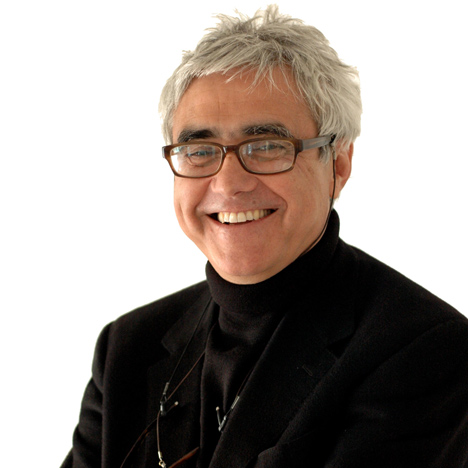
Education: University of Buenos Aires
Notable works: Tokyo International Forum, Brooklyn Children’s Museum, Kimmel Center for the Performing Arts, David L. Lawrence Convention Center
Quote: “Buildings are forms of performances.”
Rafael Viñoly Beceiro is a Uruguayan architect. He is the principal architect of Rafael Viñoly Architects. He doesn’t have a recognizable style and he believes that no one should impose their style to the building. The main factors he consider while designing a building is local issues, issues of technology, and cost.
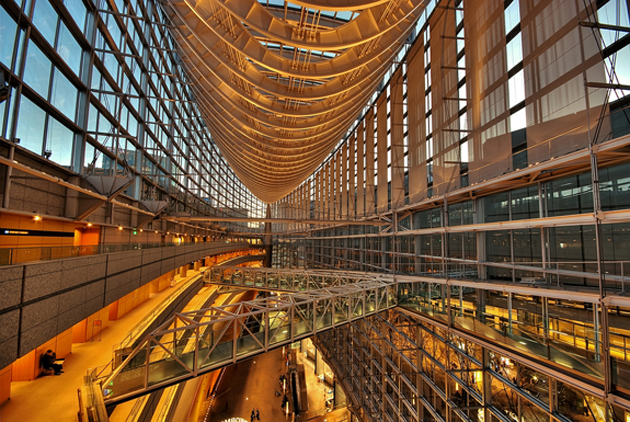
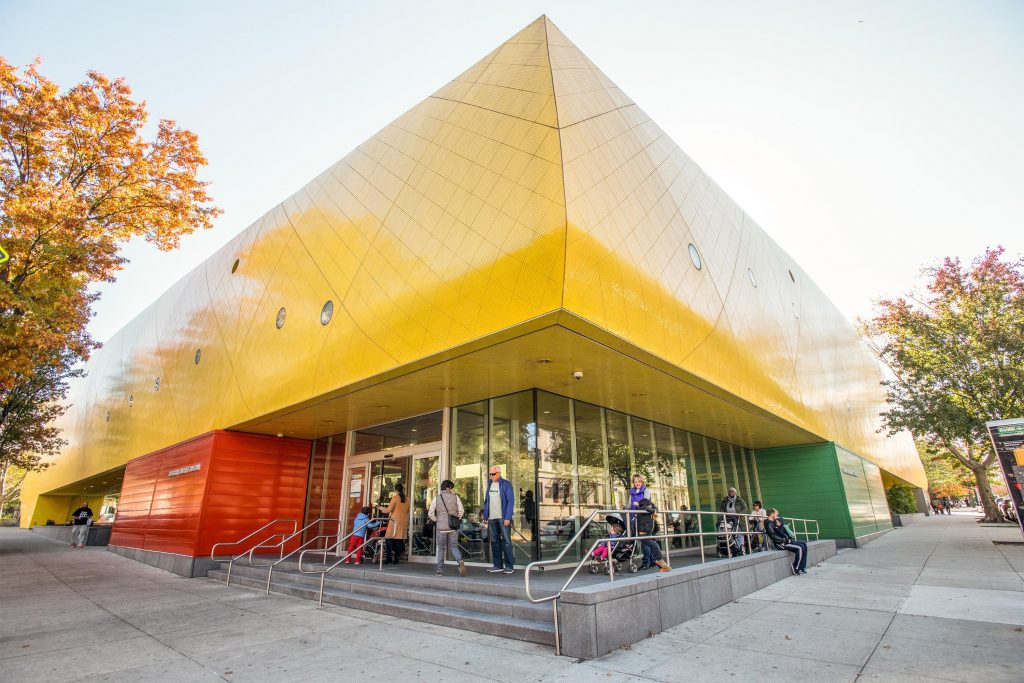
15. Rem Koolhas
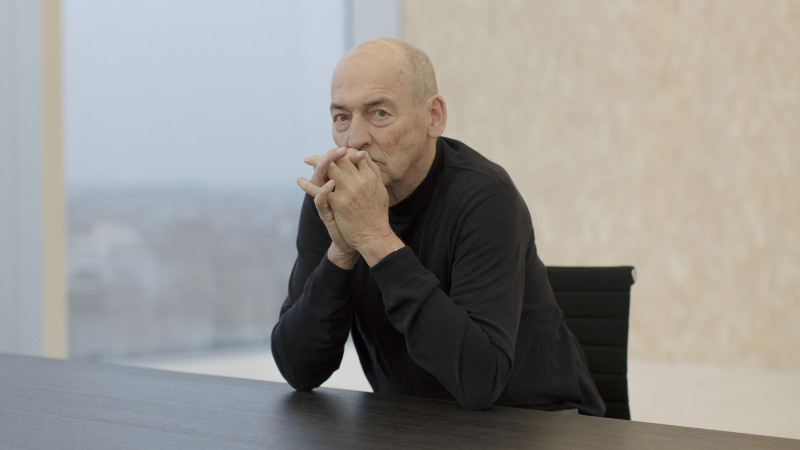
Education: Graduated from Architectural Association, London and after that attended Cornell University, New York.
Notable works: McCormick Tribune Campus Center, CCTV Headquarters, Casa da Música, De Rotterdam
Quote: “A building has at least two lives – the one imagined by its maker and the life it lives afterward – and they are never the same.”
Rem Koolhas is known for his gravity defying structures. Koolhaas first achieved recognition not as an architect but as an urban theorist. The combination of Koolhaas’s theoretical writings with his fondness for asymmetry, challenging spatial explorations, and unexpected uses of colour led many to classify him as a deconstructivist. However, his work, unlike that of other deconstructivists, does not rely heavily on theory, and it is imbued with a strong sense of humanity and a concern for the role that architecture plays in everyday life, particularly in an urban context.

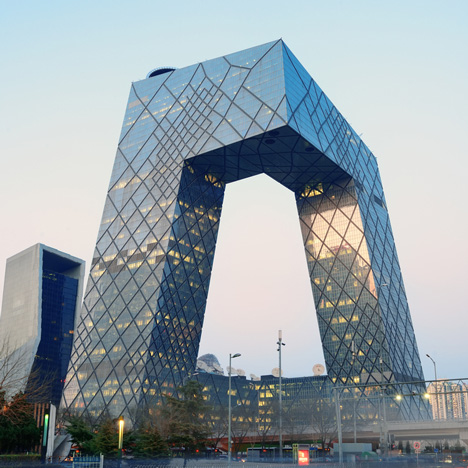
14. Renzo Piano

Education: Milan polytechnic University
Notable works: Centre Georges Pompidou in Paris, The Shard in London, and the Whitney Museum of American Art in New York City
Quote:“Architects have to dream. We have to search for our Atlantises, to be explorers, adventurers, and yet to build responsibly and well.”
He is an Italian Architect. Piano’s architecture exhibits sensitivity to the environment, attention to the user experience, and futuristic design. He delights in solving problems of space and continuity with intelligence. His works has been called “high-tech” and bold “postmodernism” and it is considered elegantly distinctive and socially responsible.
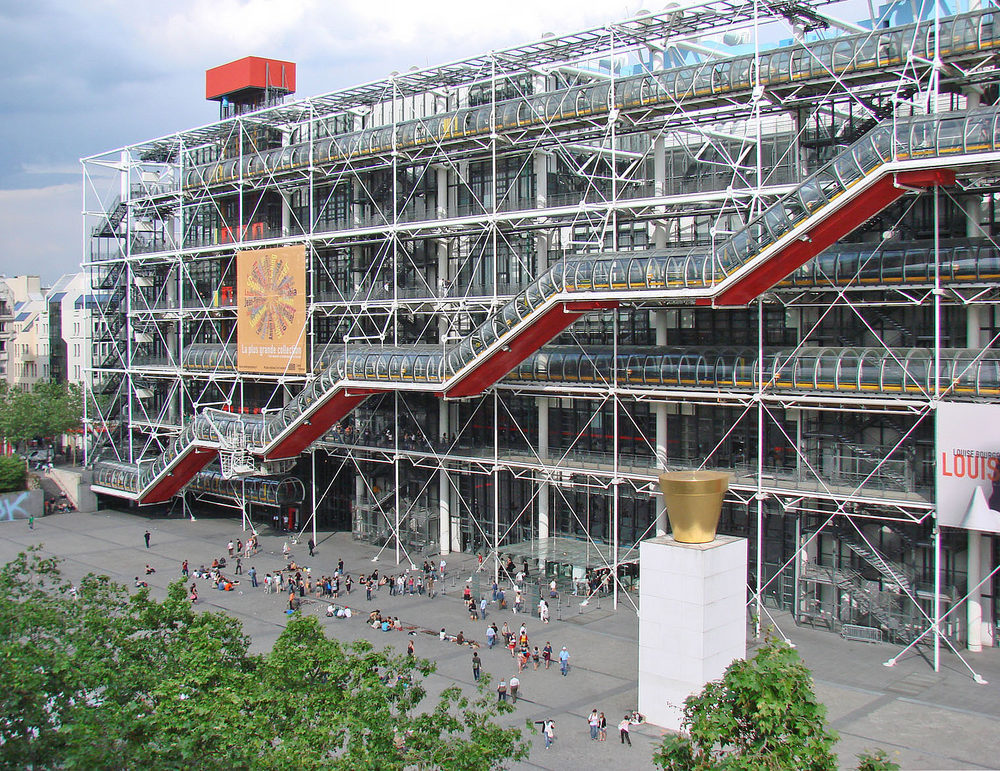
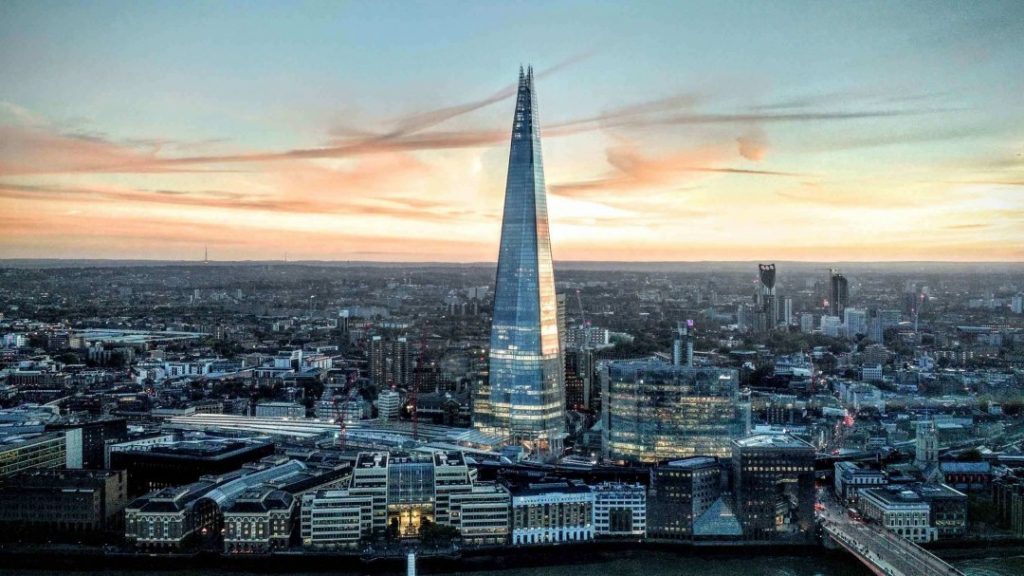
13. Richard Meier

Education: Cornell University
Notable works: Barcelona Museum of Contemporary Art, the Getty Center in Los Angeles, and San Jose City Hall.
Quote: “An important work of architecture will create polemics.”
Richard Meier’s structures are characterized by geometric clarity and order, which are often punctuated by curving ramps and railings, and by a contrast between the light-filled, transparent surfaces of public spaces and the solid white surfaces of interior, private spaces. His architecture style is considered as the formal base modern movement. He works with volume and surface that manipulate forms in light, changes in scale and view, movement and stasis. Although some critics have found these structures too strict and resemble past architectural achievement, others have applauded their formal beauty and welcomed their purity.
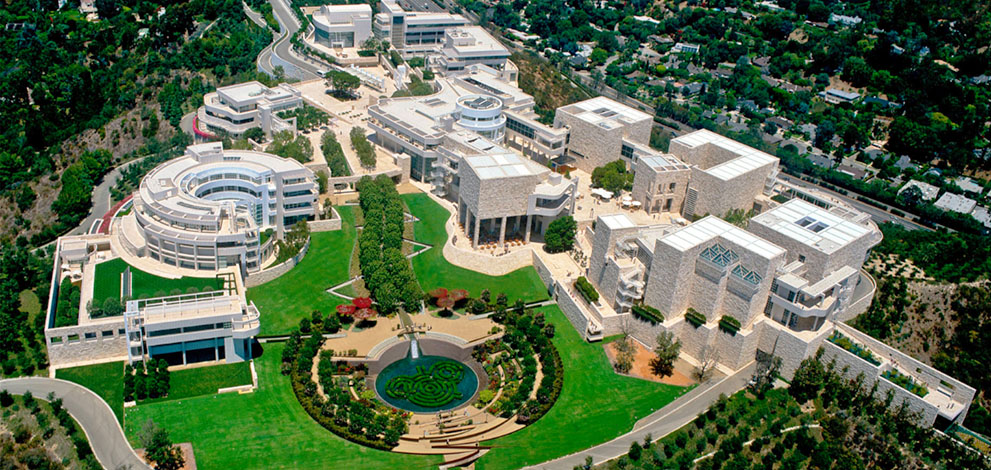
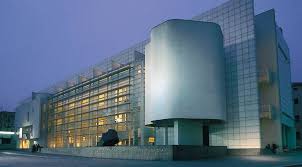
12. Richard neutra

Education: Vienna Institute of Technology, Private college of Architecture by Adolf Loos
Notable works: Lovell House, Scheyer House, Neutra/Maxwell House, Kauffmann Desert house
Quote:”Architects must have a razor-sharp sense of individuality.”
Richard Neutra combined Bauhaus modernism with Southern California building traditions, creating a unique adaptation that became known as Desert Modernism. Neutra’s houses were dramatic, flat-surfaced industrialized-looking buildings placed into a carefully arranged landscape. Constructed with steel, glass, and reinforced concrete, they were typically finished in stucco. He was famous for the attention he gave to defining the real needs of his clients, regardless of the size of the project, in contrast to other architects eager to impose their artistic vision on a client. His domestic architecture was a blend of art, landscape, and practical comfort.
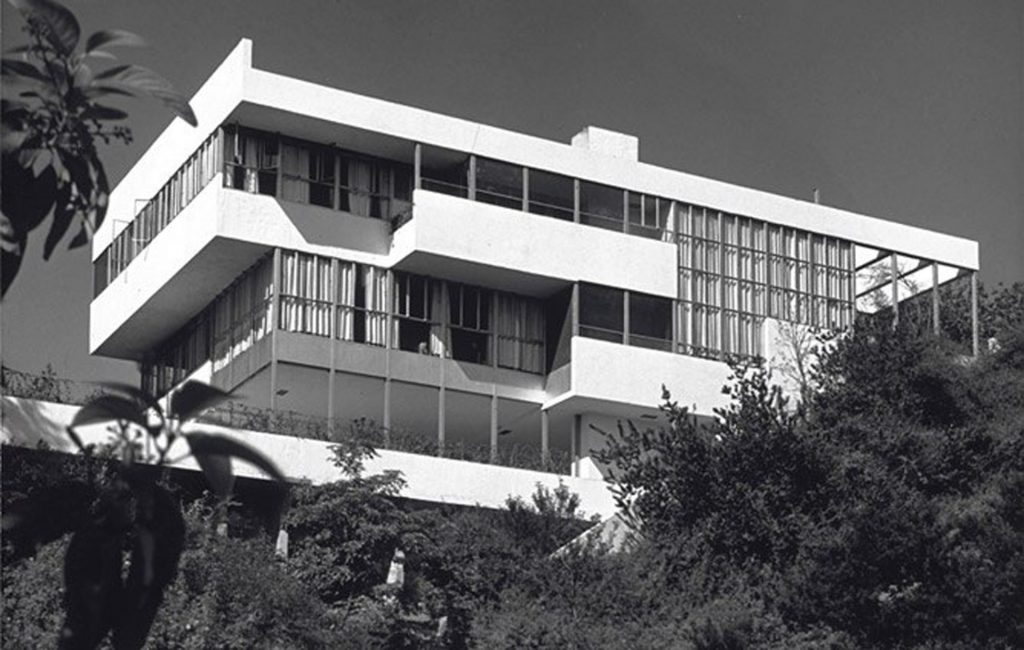
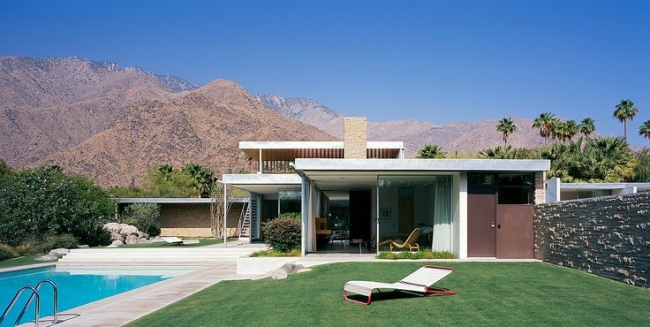
11. Richard Rogers

Education: Architectural Association School of Architecture and masters from Yale School of Architecture
Notable works: Centre Georges Pompidou, Millennium Dome, London Heathrow Terminal 5
Quote: “Architecture is measured against the past; you build in the future, and you try to imagine the future.”
Richard Rogers had a very environmental conception of designs. The notion of social integration is one of the other most important points of his architectural concept. His architectural philosophy’s topics are legible, transparent, lightweight, systems, urban, public and green. He designed Pompidou Centre with architect Renzo Piano. This building established Rogers’s trademark of exposing most of the building’s services (water, heating and ventilation ducts, and stairs) on the exterior, leaving the internal spaces uncluttered and open for visitors to the centre’s art exhibitions. This style, dubbed “Bowellism” by some critics, was not universally popular at the time.

